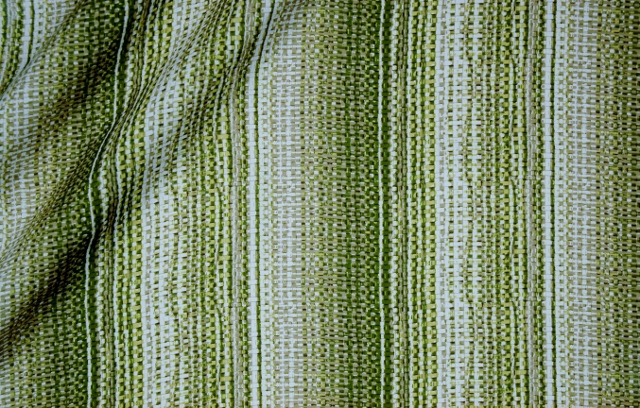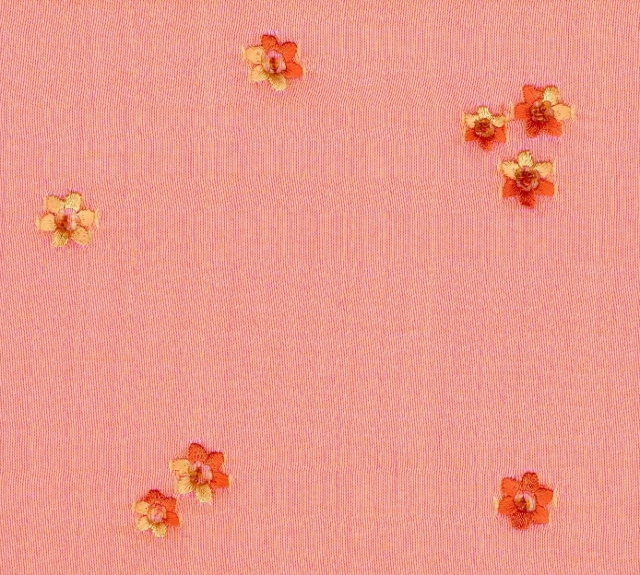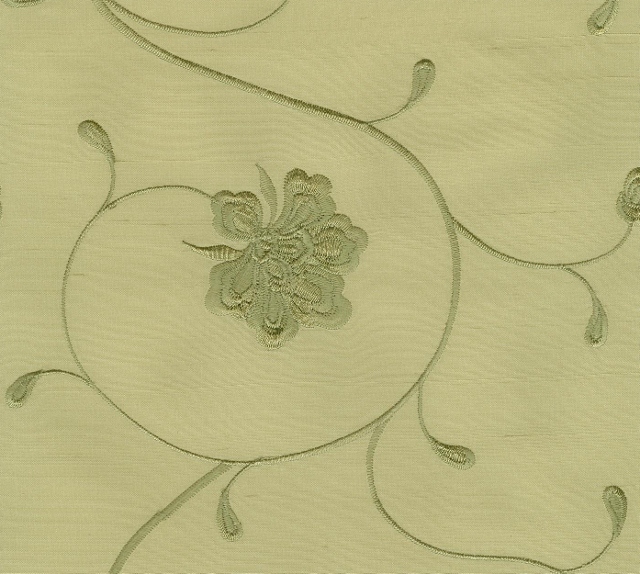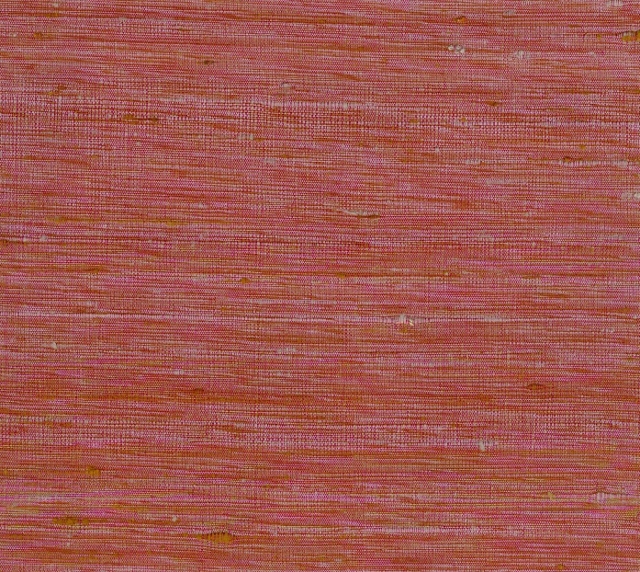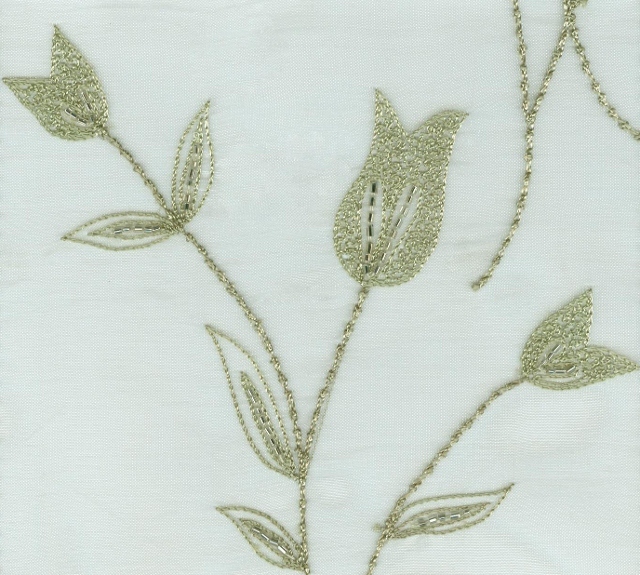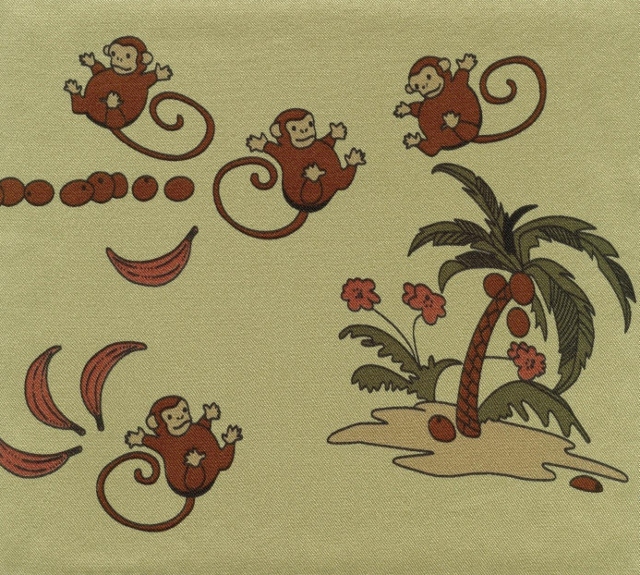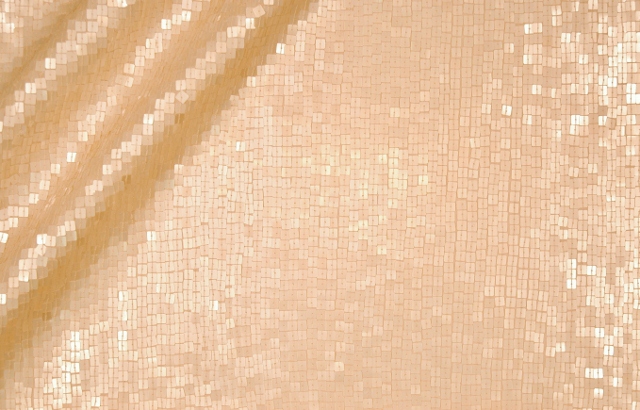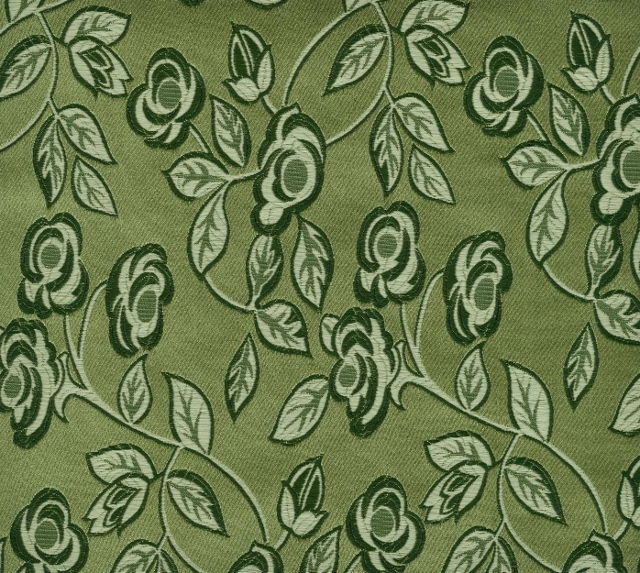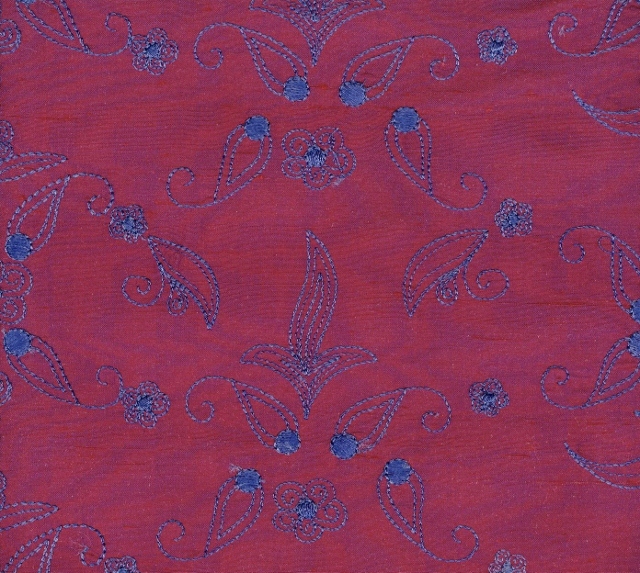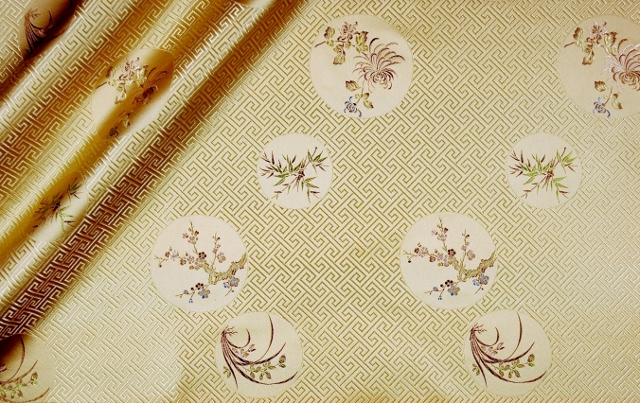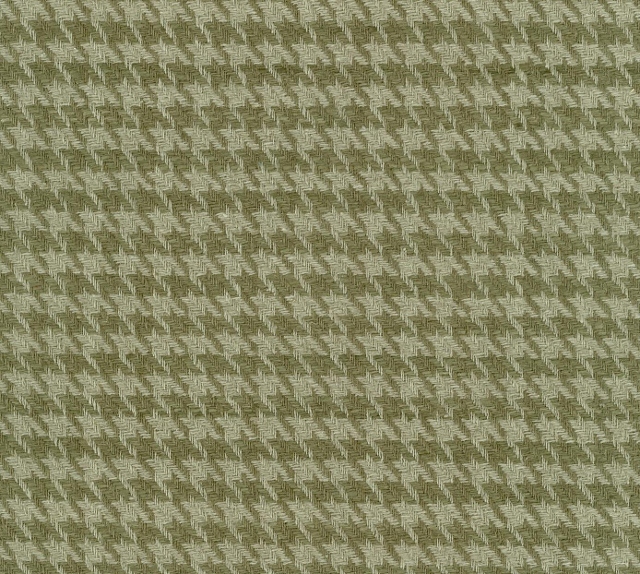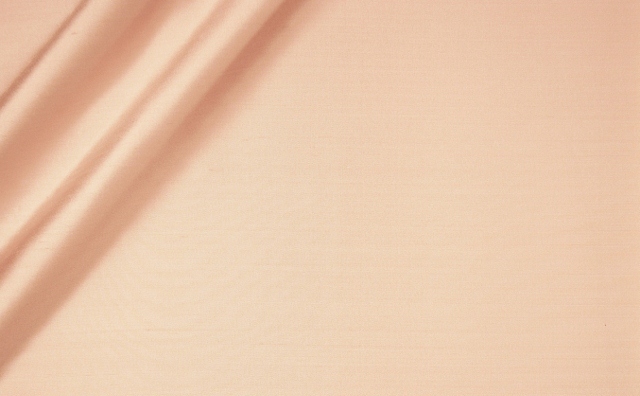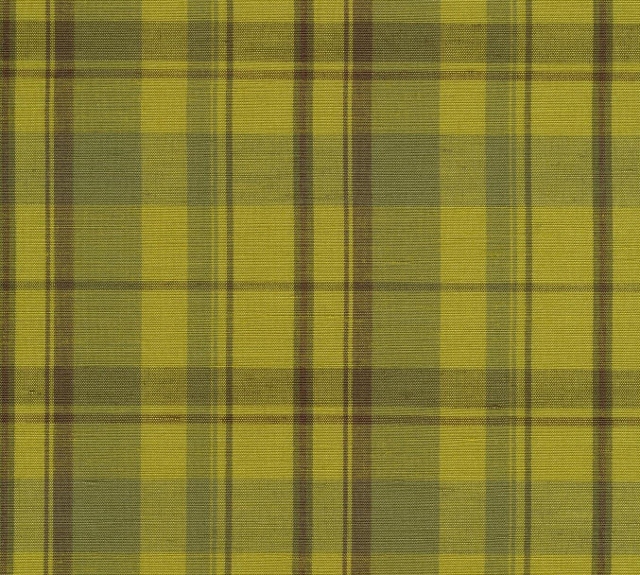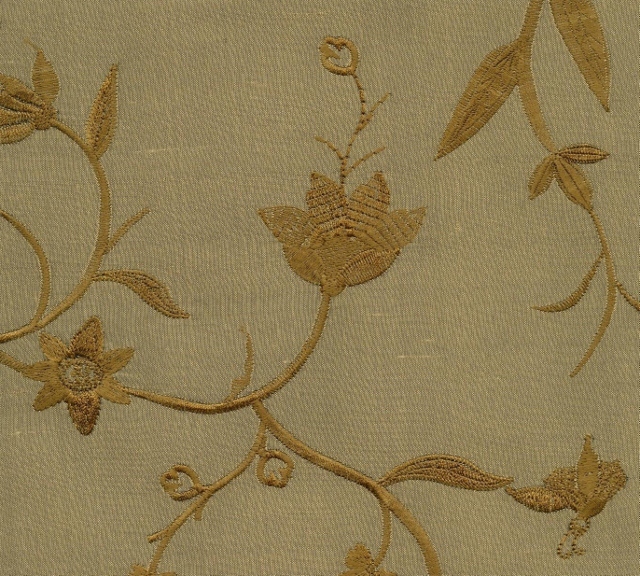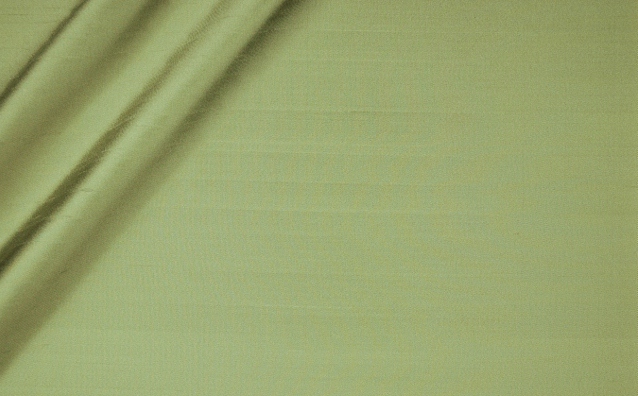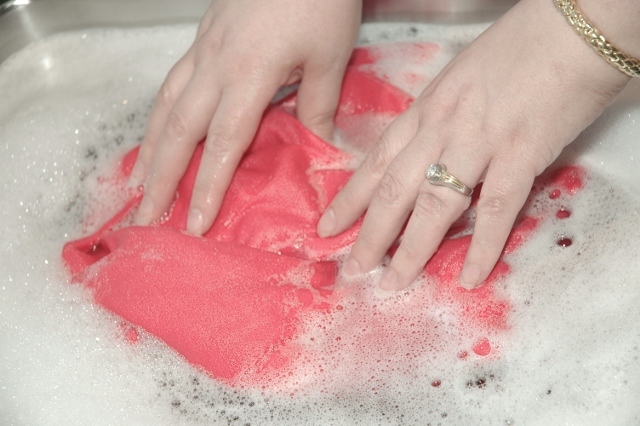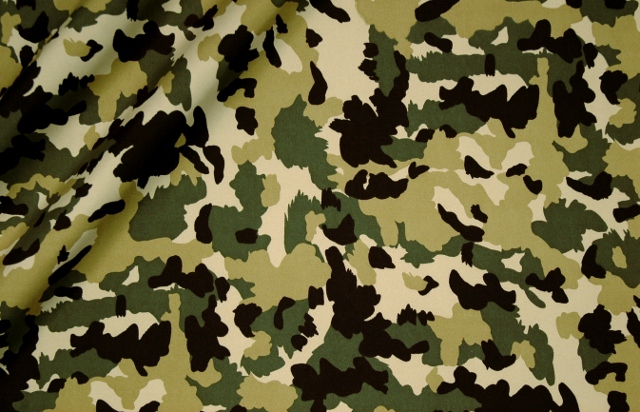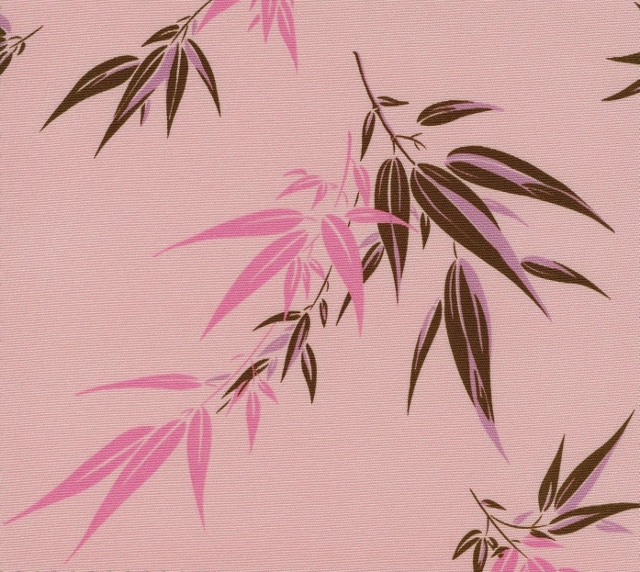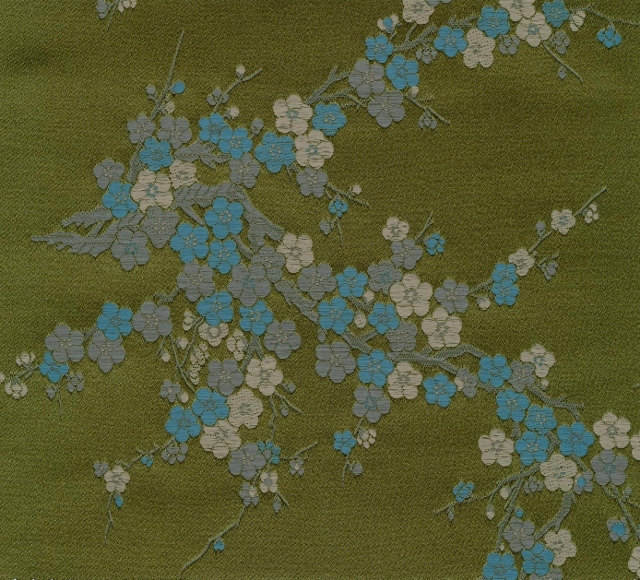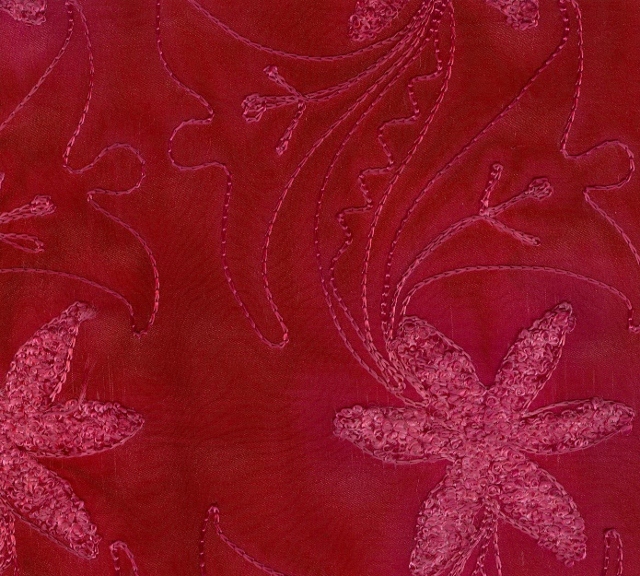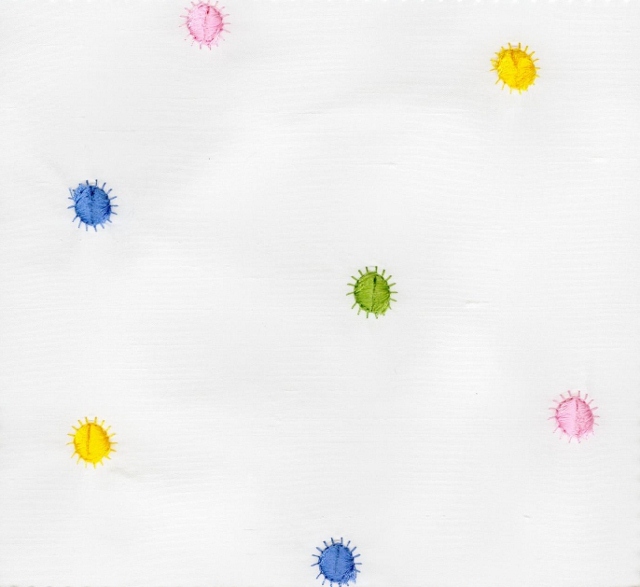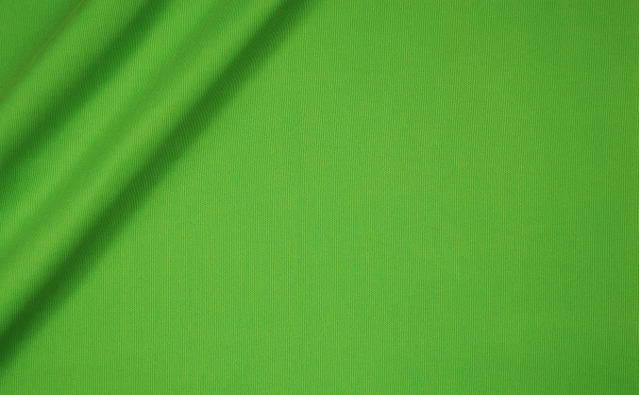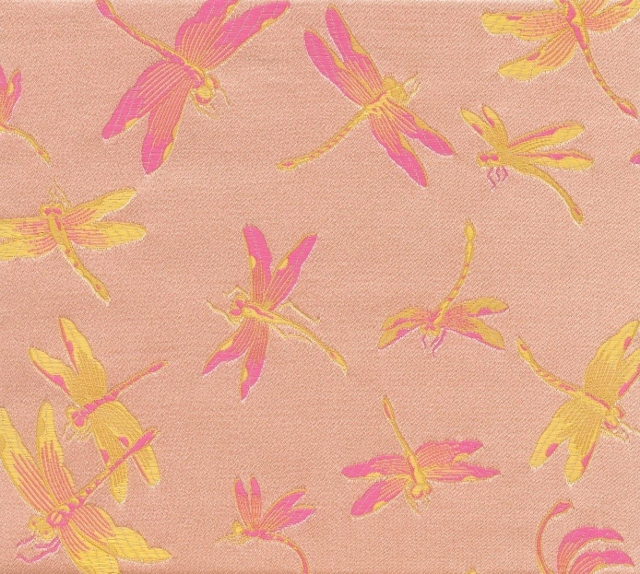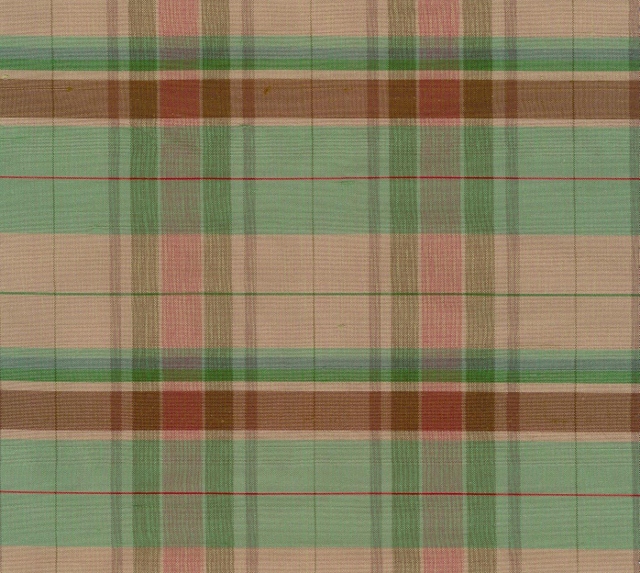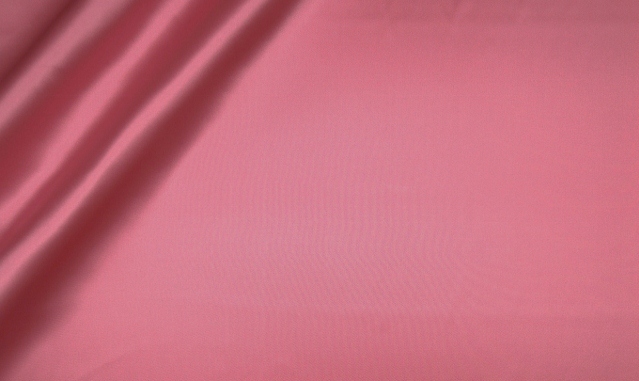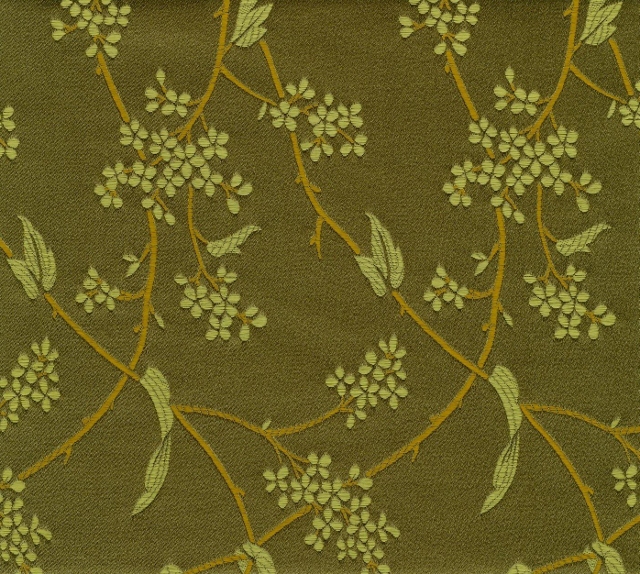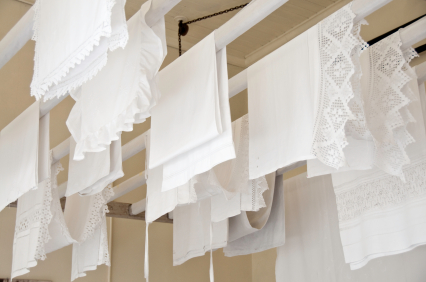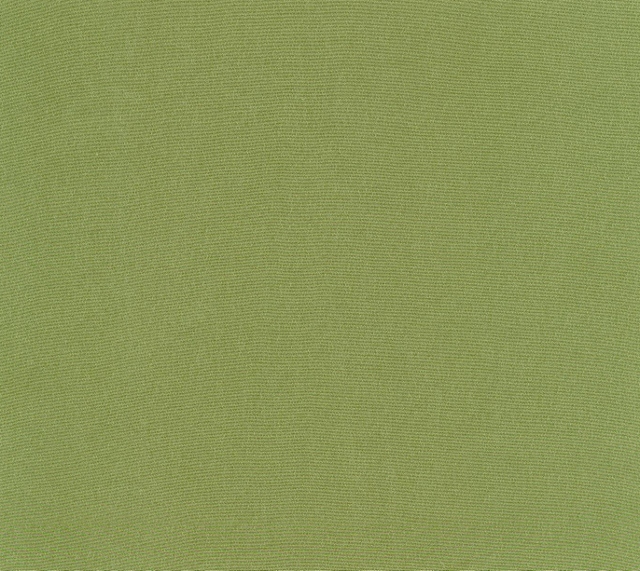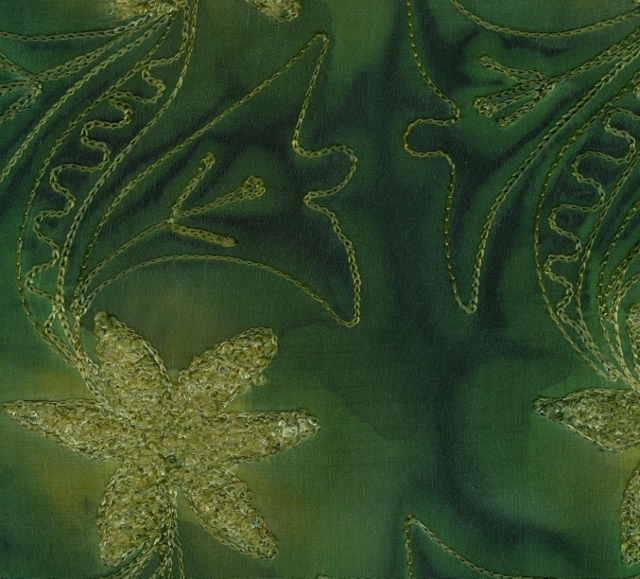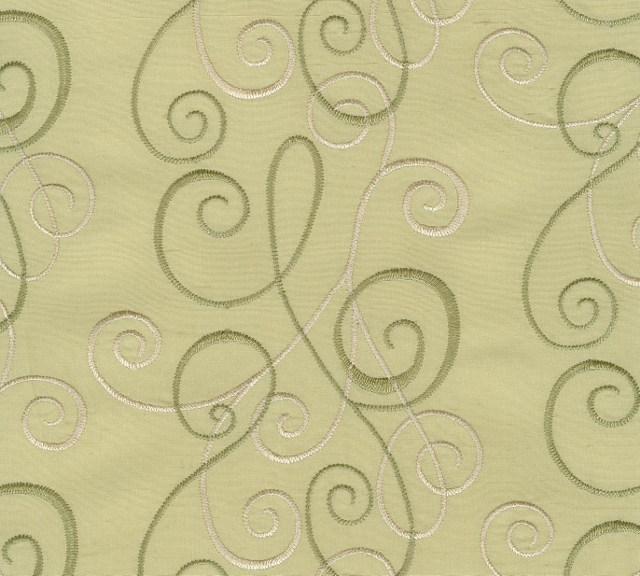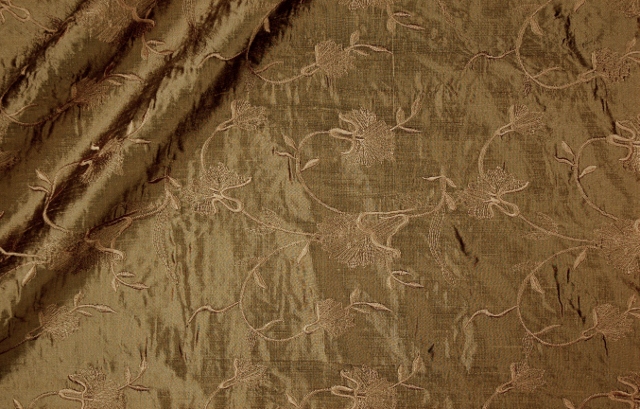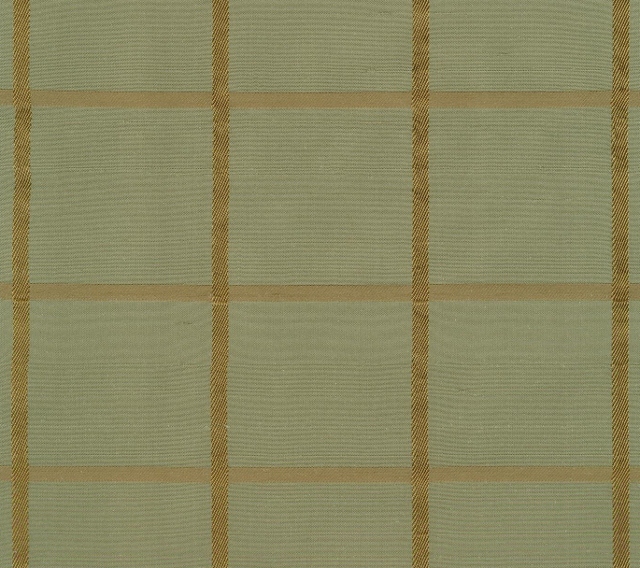Silk Fabric - Wholesale and Retail Silk Fabric

Call or Text Toll Free 1-877-877-3069
Cleaning Silk
Items constructed from silk fabric can last a lifetime, and can easily become heirlooms if properly cared for. One of the most important elements in determining the lifespan of an item is the method used to clean the silk fabric. Many people believe that all silk fabrics should be dry-cleaned only, while others will tell you to wash silks at home. The question is, "Which method is correct?" The answer might surprise you - both are correct to some degree.
It may be correctly stated that on a molecular level silk fabric is comprised mainly of protein molecules and therefore can be washed in a similar manner to human hair. After all silk fabrics have been used for over 4,500 years, which is considerably longer than any dry-cleaner has been in business! While this statement may be true, washing items constructed from silk fabric is not always the best thing to do. Many factors contribute to the washability of silk fabrics including the complexity of the garment construction, the color of the garment, and the desired feel of the garment after the washing and drying process is complete.
Items that should always be dry-cleaned include garments with lining - particularly when the lining is of a different color than the shell, items with trimmings, printed silks, as well as very bright or very dark colors. For optimum appearance we recommend dry-cleaning items constructed of the following silk fabrics: Douppioni / Yarn Dyed Shantung, Crepe, Satin Back Crepe, Chiffon, Woven Suitings, Georgette, Organza, Peau de Soie, Brocade, Duchesse, Taffeta, Textured, Novelty, Beaded and Printed Silks.
While we recommend dry-cleaning the above items, some people prefer the look obtained after handwashing the above solid color only silk fabrics. Handwashing the above solid color items will soften the feel of the fabrics, slightly change the color, and may result in changing the luster of the fabric. This can be desirable depending on the look you are trying to obtain. We recommend handwashing a test piece of silk fabric before experimenting with a finished product, following our handwashing instructions provided later on in this article.
If you decide to dry-clean your silk fabric items, always make sure to inform the dry-cleaner that your items are made of silk fabric and confirm that they are experienced in cleaning silk. For added protection always insist that the dry-cleaning tag be marked "Silk Fabric". Dry-cleaning processes have evolved substantially over the last few years with more and more environmentally friendly dry-cleaners available in most major cities. Many of today's environmentally friendly dry-cleaners use silicone based cleaning agents as well as liquid carbon dioxide. As of this writing liquid carbon dioxide offers the least amount of fabric shrinkage, and is considered safer for the environment than conventional dry-cleaning by the Environmental Protection Agency (EPA).
Washable silk fabrics include the following: Crepe de Chine, Charmeuse, Broadcloth, Habotai, and Sueded Silks. At JB Silks, we offer a complete line of easy care washable silks in a wide range of colors and weights ranging from lightweight, midweight, and heavyweight.
If you choose to wash your silk fabrics, we always recommend handwashing with the following washing instructions:
1. Use only cool water for washing and cool water for rinsing.
2. If you live in an area with hard water rich in minerals, consider adding a water softener to the water following the manufacturer's instructions. This will eliminate mineral stains from forming on the silk fabric, which are particularly visible on darker colors. Adding water softener will also provide a deeper cleaning of your silk fabric.
3. To help retain the silk fabric's true color consider adding 1/4 cup of plain white vinegar to every two gallons of cool washing water.
4. Use a good quality liquid soap recommended by the manufacturer for use on delicate fabrics. To help prevent fading of darker colors some delicate wash liquid laundry soap manufacturers offer products specially formulated for use on dark fabrics.
5. Always wash and rinse silk fabric items separately from other non-silk fabric items, and always wash and rinse each color of silk fabric separately using fresh water for each color.
6. Do not soak silk fabrics in water for an extended length of time.
7. Gently agitate the silk fabric by hand when washing and rinsing. Never twist or wring excess water from silk fabric. Gently squeeze out the excess water without stretching the silk fabric.
8. When the washing process is complete, rinse the silk fabric in cool water several times to ensure that all of the soap has been removed from the fabric. Strong colors will appear to bleed - usually caused by excess dye in the silk fabric. Always rinse the silk fabric and continue to change the water until the water is clear. To help set the dye add a small amount of salt to the final cool water rinse making sure to remove the silk fabric from the water before adding the salt. Ensure that all of the salt has completely dissolved before adding the silk fabric for the final rinse.
Once the silk fabric has been washed and rinsed, we recommend the following drying procedures:
1. Tightly roll the silk fabric item in a clean, dry towel to remove the excess moisture from the silk fabric.
2. Hang the silk fabric item in an area away from direct sunlight on a padded hanger not constructed of wood. Wooden hangers and drying racks will on occasion stain the silk fabric because of a finish applied to the wood. Do not hang the silk fabric near a source of heat.
3. Sueded Silks may be dried in a machine on medium to hot heat to enhance the softness of the finish. Contact us for more information about washing our Sueded Silk fabrics.
